Zhangjiawan Ancient Town and the Grand Canal 丨 Historical Image Literature Survey Survey and Launched
Author:Central Academy of Fine Arts Time:2022.09.06
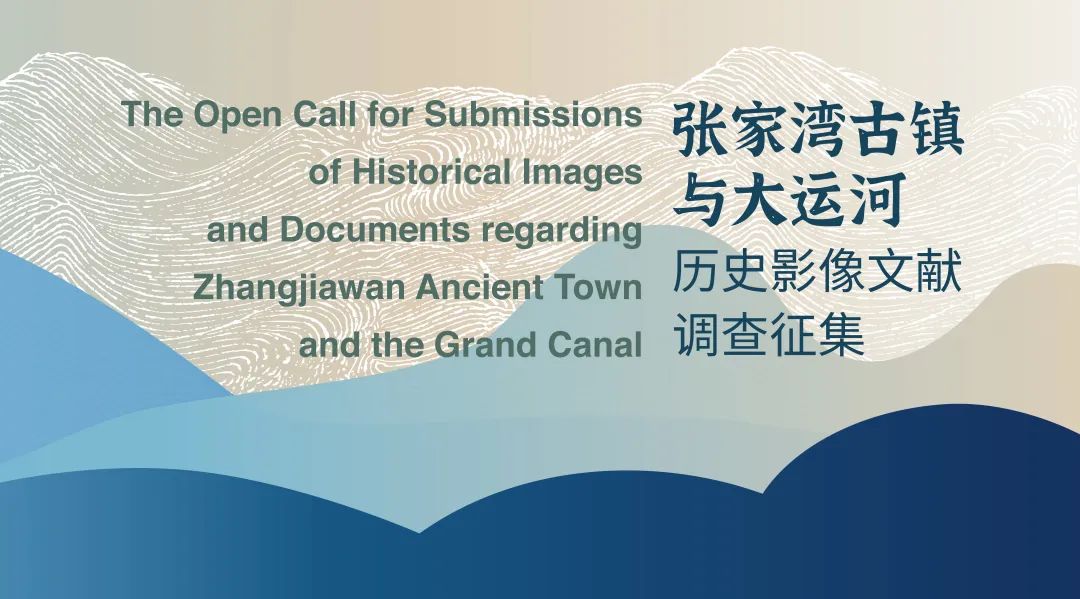

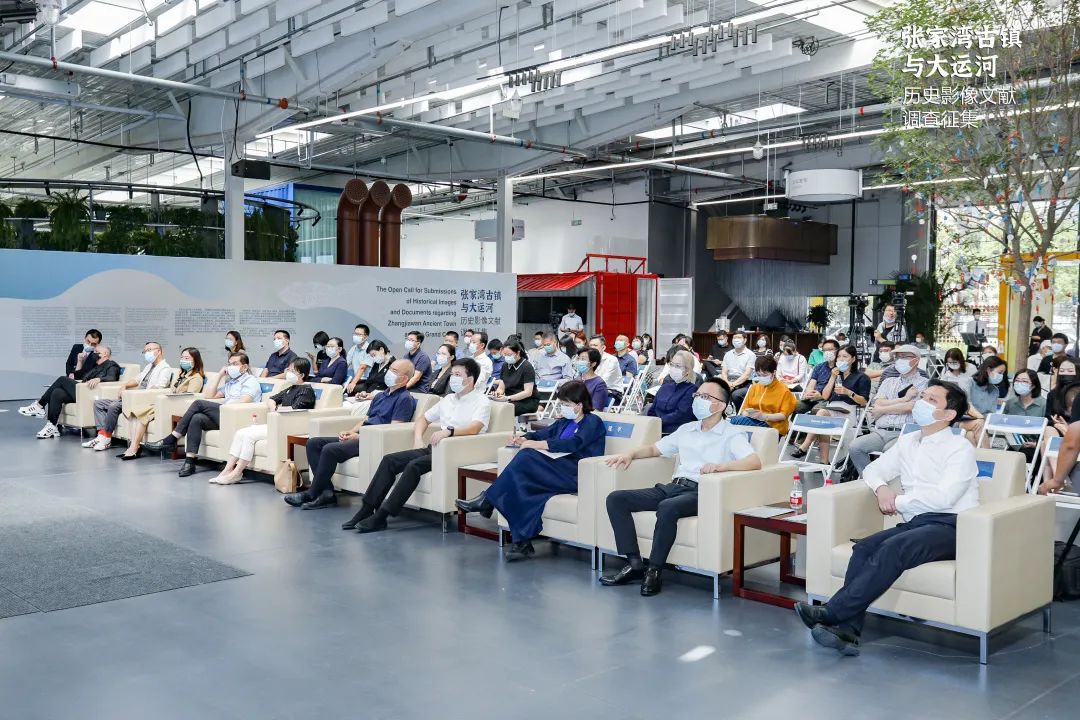
Laoshui Dongwan forty journey,
There are countless purple clouds.
Wang Sun Chi Masheng passed by,
Laughing at the red building listening to Yuzheng.
This is Zhangjiawan's victory in Zhangjiawan described by the Ming Dynasty poet Cao Daixiao. Today, Zhangjiawan Town has gone up in the construction of Beijing's urban sub -center.
In order to implement the relevant requirements of the "high -level construction of the city's sub -center, promote the exciting appearance of the town of Zhangjiawan design, and implement the relevant requirements of the Zhangjiawan Ancient Town Protection Project" proposed by the 13th Party Congress of Beijing, further tap Zhangjiawan to make Zhangjiawan Bay with Zhangjiawan The town's centered and the veins show the historical and cultural style and the achievements of civilization and innovation. On September 6, 2022, the "Zhangjiawan Ancient Town and the Grand Canal" historical imaging literature survey was launched in Beijing Future Design Park, hosted by the People's Government of Zhangjiawan and Grand Canal, hosted by the Central Academy of Fine Arts and the People's Government of Zhangjiawan Town, Tongzhou District, Beijing. ——The early practice and transportation culture and academic forum of Chinese photography were held at the same time.
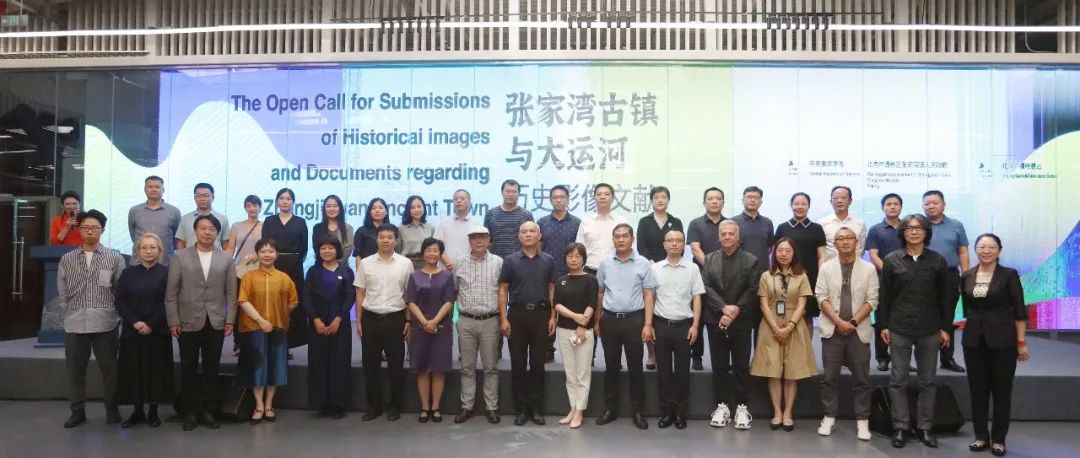
Liu Dongyan, deputy director of the Department of Science and Technology Education of the Ministry of Culture and Tourism, Guo Zhaoqi, Director of the Education Department of the Department of Science and Technology and Education of the Ministry of Culture and Tourism, Lu Pinjing, Deputy Dean of the Central Academy of Fine Arts, Qin Tao, deputy head of the People's Government of Tongzhou District, Lifelong Professor of the Paris High School of Fine Arts Tony Brown, Zou Haitao, Secretary of the Party Committee of Zhangjiawan Town, Tongzhou District, Deputy Secretary of the Party Committee of Zhangjiawan Town, Tongzhou District, Zhou Feng, and the cultural business assistant of the Israeli Embassy in China, Hilla Nachmias, Wang任, Kaoruko Zaitoku, assistant to the director of the Japanese Cultural Center, Xu Juanping, Minister of the Party Committee Organization Department of the Central Academy of Fine Arts, Qin Jianping, Minister of the Propaganda Department of the Party Committee, Fu Yijing Wang Chuan, Dean Li Jun of the School of Humanities, Qiang Yong, Dean of the Arts Design Research Institute, Yu Yang, Deputy Director of the Scientific Research Department, Wang Yan, deputy director of the Development Planning Division, and other relevant functional departments. Members, and experts and scholars dedicated to the history of photography and transportation culture to attend the launching ceremony.

Qin Tao, deputy head of the People's Government of Tongzhou District, said in his speech that Tongzhou is located in the north of the Millennium Grand Canal. Since ancient times, it has been the metropolitan and commercial towns of humanities. In the new era, Tongzhou carried the historical mission of the construction of Beijing's sub -centers. The 13th Party Congress of Beijing put forward the development requirements for the development of the auxiliary center, strong functions, and comprehensive upper and third -level development requirements. The construction of the Canal Cultural Belt and implement the protection project of the ancient town of Zhangjiawan. He emphasized that the ancient town of Zhangjiawan was the first pier of the Beijing -Hangzhou Grand Canal, which was praised as a diamond treasure land, breeding many unique regional cultures such as the canal, Yunyun, Gyeonggi, and Red Studies. This time, Zhangjiawan and the survey of the video literature surveyed by the Central Academy of Fine Arts were the in -depth excavation of the Millennium Cultural pulse of the canal, and it was also the active practice of the ancient use of the canal cultural heritage. This not only provides precious visual evidence and serious academic support for the construction of the ancient town of Zhangjiawan, but also makes the Grand Canal's cultural business card more dazzling. He hoped that the participating experts and scholars would make good efforts, and the group. In this forum, more major Grand Canal cultural research results would be able to promote the protection and construction of the ancient town of Zhangjiawan and empower the development of the cultural industry in the region.
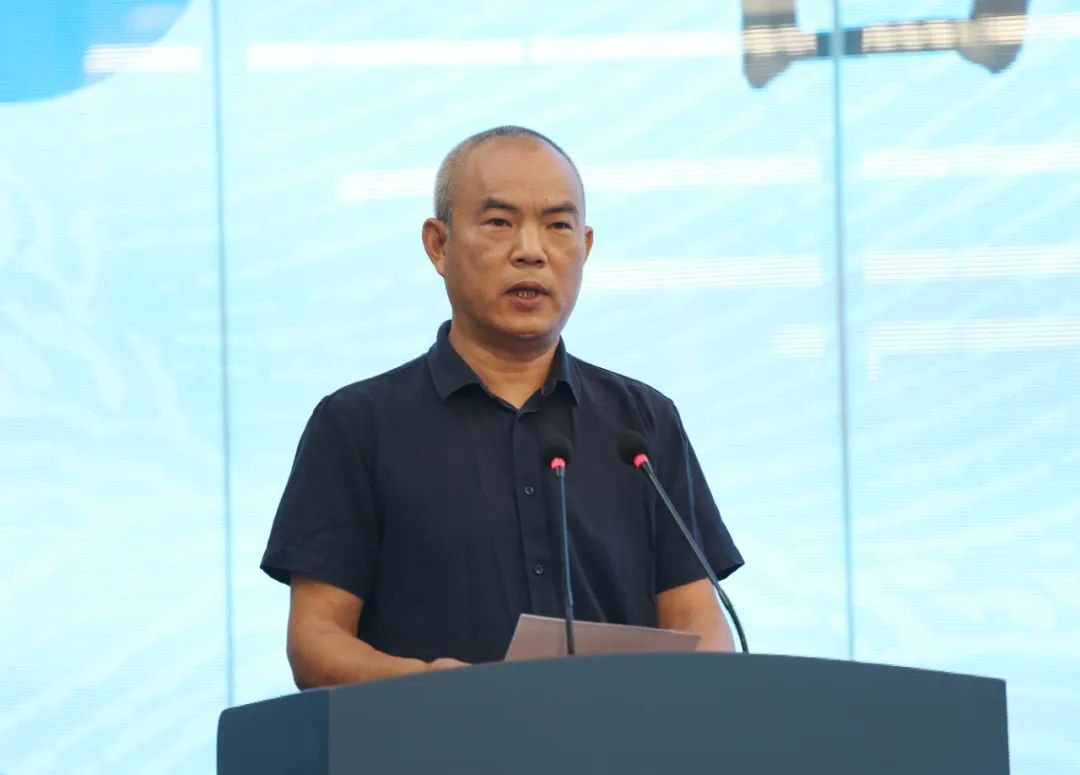
Lu Pinjing, deputy dean of the Central Academy of Fine Arts, said in his speech that the Central Academy of Fine Arts and the Zhangjiawan People's Government of Tongzhou District jointly organized this academic activity as an important academic practice for the construction of the Central Academy of Fine Arts, and it was also the thirteenth implementation of Beijing's 13th in Beijing. Actual action of the spirit of the Second Party Congress. The investigation and research activities based on the theme of the historical image of the Zhangjiawan Ancient Town and the Grand Canal are designed to further tap the historical and cultural value of Zhangjiawan Town as the ancient town of Yunyun. Inheritance and continuing the context of the Grand Canal from historical to the future, it can better provide strong academic support for the construction of the ancient town of Zhangjiawan and the development of Tongzhou. Lu Pinjing said that the Central Academy of Fine Arts, which has a history of more than 100 years, has always adhered to the school's school concept of paying attention to reality and serving the people. Especially since the 18th National Congress of the Communist Party of China, the Central Academy of Fine Arts has actively played professional advantages in serving the capital construction and development of the capital. It has undertaken the 70th anniversary of the establishment of the New China, the 100th anniversary of the founding of the party, and the design and creation tasks of important celebrations and important events such as the Beijing Winter Olympics and the Winter Paralympic Games in 2022. The signing of a strategic cooperation agreement with the Central Academy of Fine Arts and the Zhangjiawan People's Government will provide a strong platform for serving the construction of the deputy center of Beijing and the urban and rural development of the Central Academy of Fine Arts. Through the new cooperation platform, the Central Academy of Fine Arts will play professional advantages, promote art to empower urban and rural development and construction, closely focus on serving the strategic positioning of the capital city, actively benchmark and integrate into the development of the capital in the new era, and actively serve and integrate into the new development pattern. In particular, we must give full play to the comprehensive strength and collaborative innovation advantages of planning construction, environmental art, visual design and public art, and focus on promoting the construction of the ancient town of Zhangjiawan and the design town.
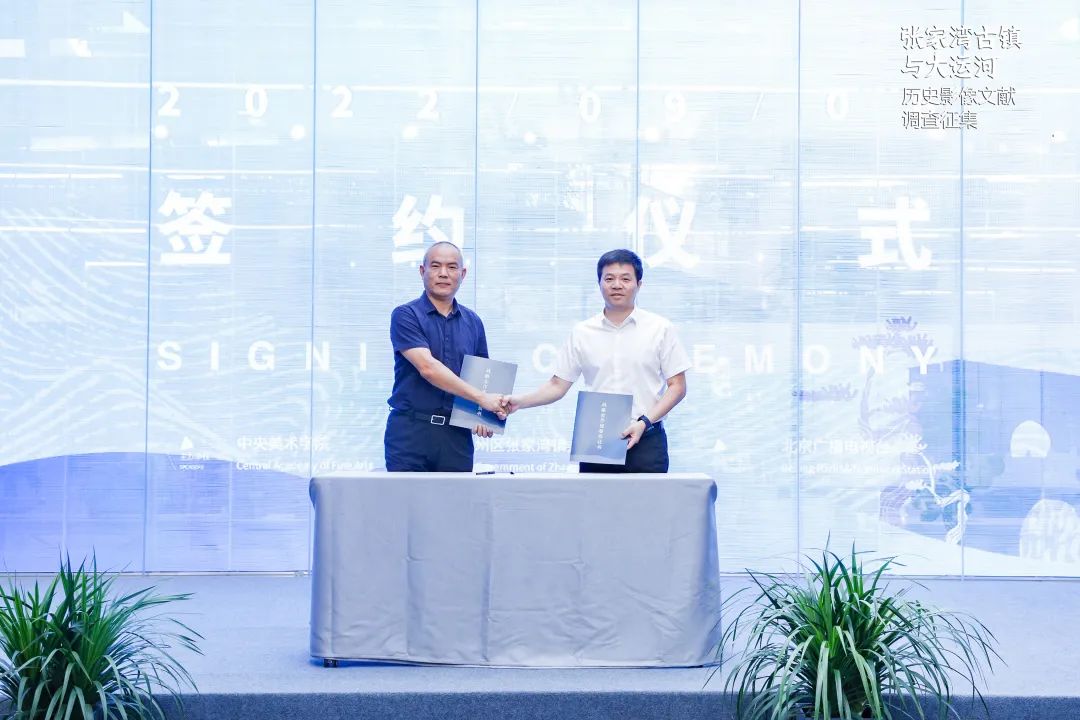
Lu Pinjing, deputy dean of the Central Academy of Fine Arts, signed a strategic cooperation agreement with Zou Haitao, Secretary of the Party Committee of Zhangjiawan Town, Tongzhou District, Beijing
At the event site, the signing ceremony of the Strategic Cooperation Agreement of the Central Academy of Fine Arts and the People's Government of Zhangjiawan Town was held. In order to effectively strengthen the integration and development of the school and ground, the two parties rely on their respective advantage resources to focus on hot issues such as the focus of grass -roots governance practice, rural revitalization, party and mass service center construction, and transformation of teaching and scientific research results. Under the guidance of cooperation and concepts of joint construction, further strengthen the leading role role of the Central Academy of Fine Arts in the field of cultural and image construction in the capital, promote the development of Zhangjiawan Town, establish a typical example of urban and rural construction, and make due to the construction of Beijing's sub -center construction. Contribution in the new era. Liu Dongyan, deputy director of the Department of Science and Technology and Education of the Ministry of Culture and Tourism, Lu Pinjing, deputy dean of the Central Academy of Fine Arts, Qin Tao, deputy head of the People's Government of Tongzhou District, Secretary of the Party Group and Director of the Rong Media Center of Tongzhou District, and Secretary of the Party Committee of Zhangjiawan Town, Tongzhou District Zou Haitao, Deputy Secretary of the Party Committee of Zhangjiawan Town, Zhou Feng, Chief of the Town, and Lifetime Professor Tony Brown, a lifelong professor of the School of Fine Arts of Paris, jointly launched the historical video survey collection of the "Zhangjiawan Ancient Town and the Grand Canal"
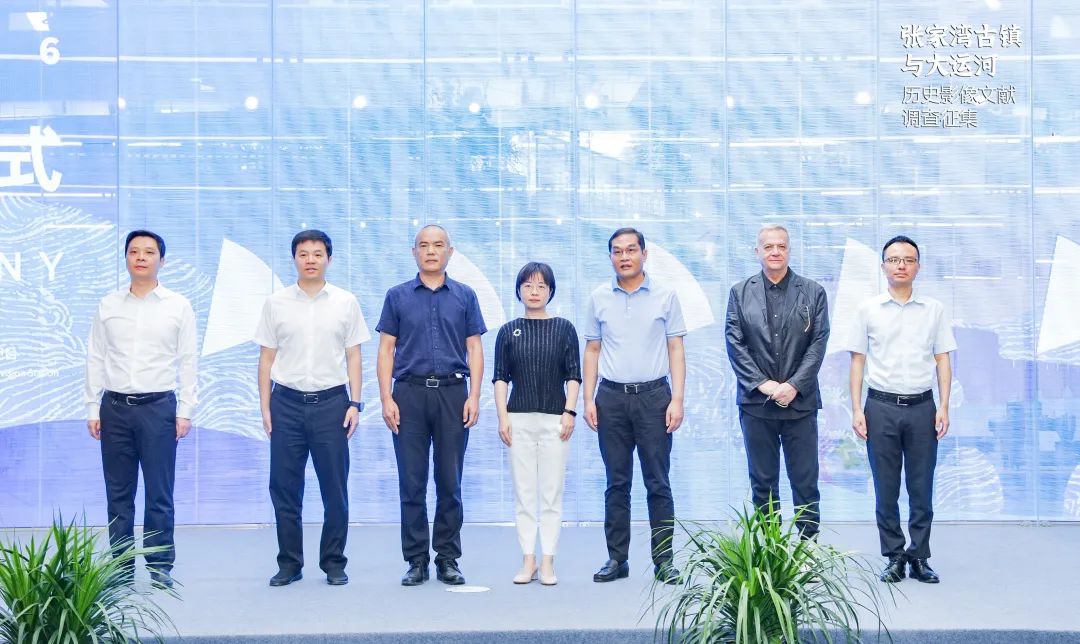
The collection and collection of historical imaging documents of the "Zhangjiawan Ancient Town and the Grand Canal" was officially launched. The project will face domestic and foreign institutions, experts, scholars, and citizens related to the historical imaging documents related to Zhangjiawan's transportation culture. After the founding of the Republic of China and the People's Republic of China, the old photos and image documents of the old photos, paintings and other old photos, paintings such as 1840-1978). It is hoped that through the global excavation and collection of historical imaging documents related to Zhangjiawan's transportation culture, with the help of in -depth investigations of early photography practice and its achievements on the land of China, it has entered history and looks forward to the future. Through the excavation, collection and research of the most important visual medium since the 19th century, pick up the information residual films falling in the river, digging the distant memories hidden behind the image, and the heavy historical picture of the Zhangjiawan area. Provide precious visual evidence and information clues for the study of the construction of the ancient town of Zhangjiawan, provide serious historical sorting and academic support, and better inherit the context that continues the Grand Canal as its core, helping to future regional economic and cultural construction and development and development Essence
Qin Jianping, Minister of the Propaganda Department of the Central Academy of Fine Arts, made a keynote speech entitled "Inheritance History Pulse and Playing the New Rhyme of the Ancient Town". The widespread attention of all walks of life also provides a broader academic perspective for the promotion of the history and cultural research of the ancient town of Zhangjiawan. It is more important to provide important academic support and intellectual support for the construction of the ancient town of Zhangjiawan and the recovery project of the ancient transportation terminal. Essence She mentioned that the "Zhangjiawan Ancient Town and the Grand Canal Historical Image Literature Survey" activity hoped that through the in -depth excavation of the rich historical resources of the ancient town, restoration of the historical memory of the Grand Canal Yunyun Terminal, and better inheriting the history of the Grand Canal to the future Wen pulse.

Mr. Tony Brown, a lifelong professor of the School of Fine Arts in Paris, France, made the main speech of "Looking Looking Looking for the Mortal, Weaving a New History". Talking about the role of image literature on interpretation of history, reconstructing cultural memory and identity.
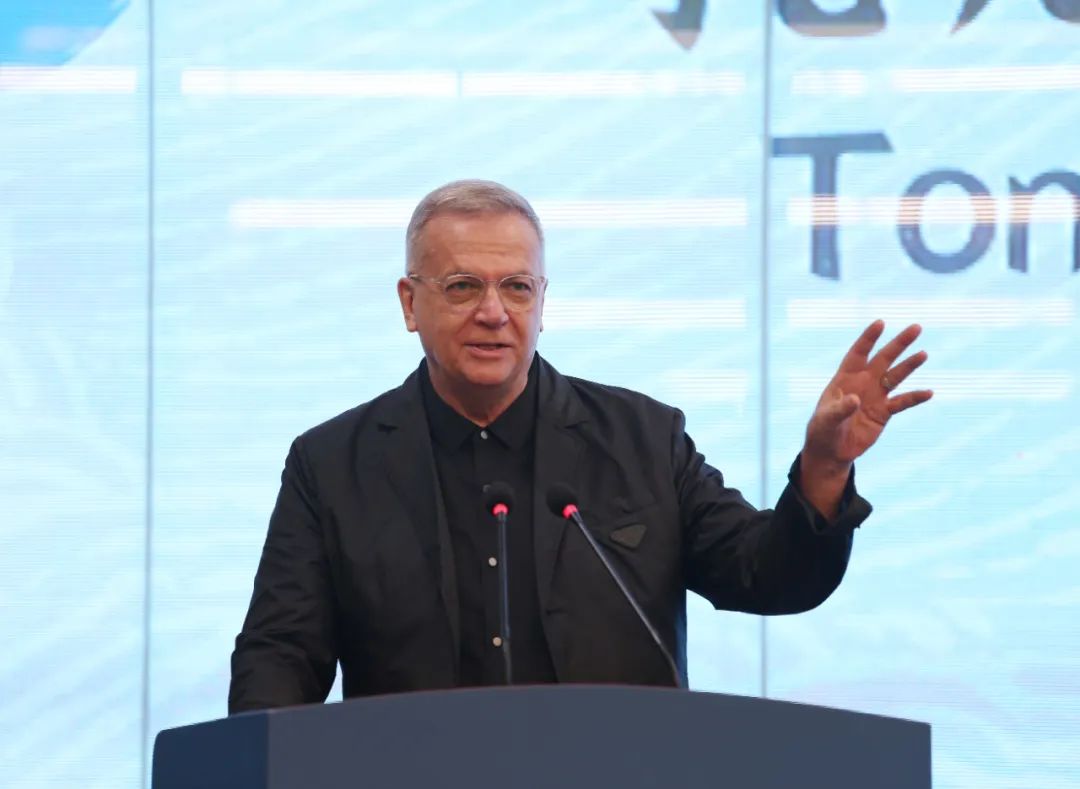
Chen Xibo, a professor at the Beijing Institute of Beijing Union University, made a keynote speech entitled "The Grand History of the Four Seas Tongjin -the Graduate History of the Ancient Town of Zhangjiawan". Bay inheritance for more than 1400 years of historical context and transportation culture.
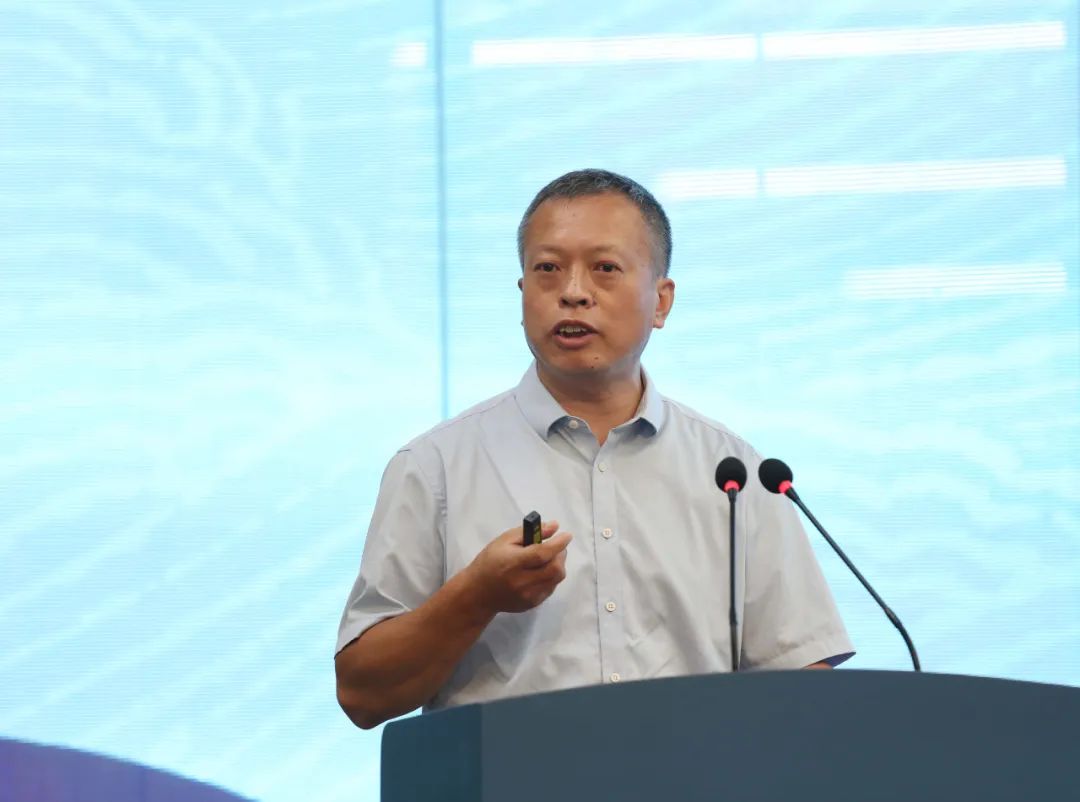
Guests and experts and scholars visit the town of Zhangjiawan Design Town

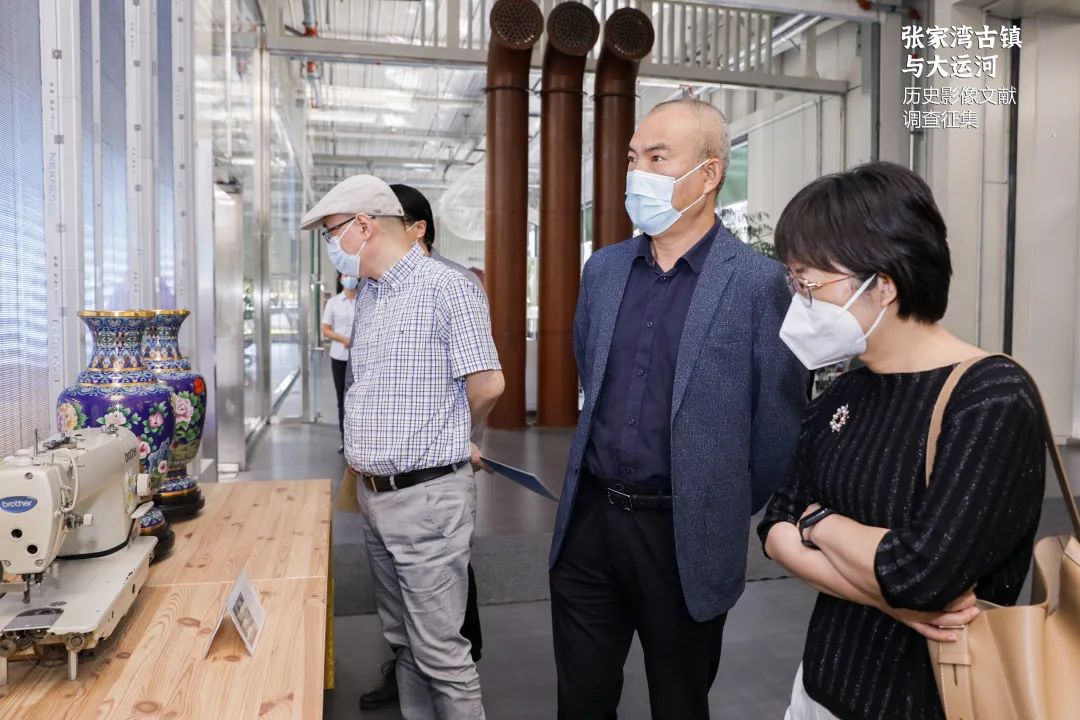
After the launching ceremony, guests and experts and scholars went to the Tongyun Bridge to visit the investigation
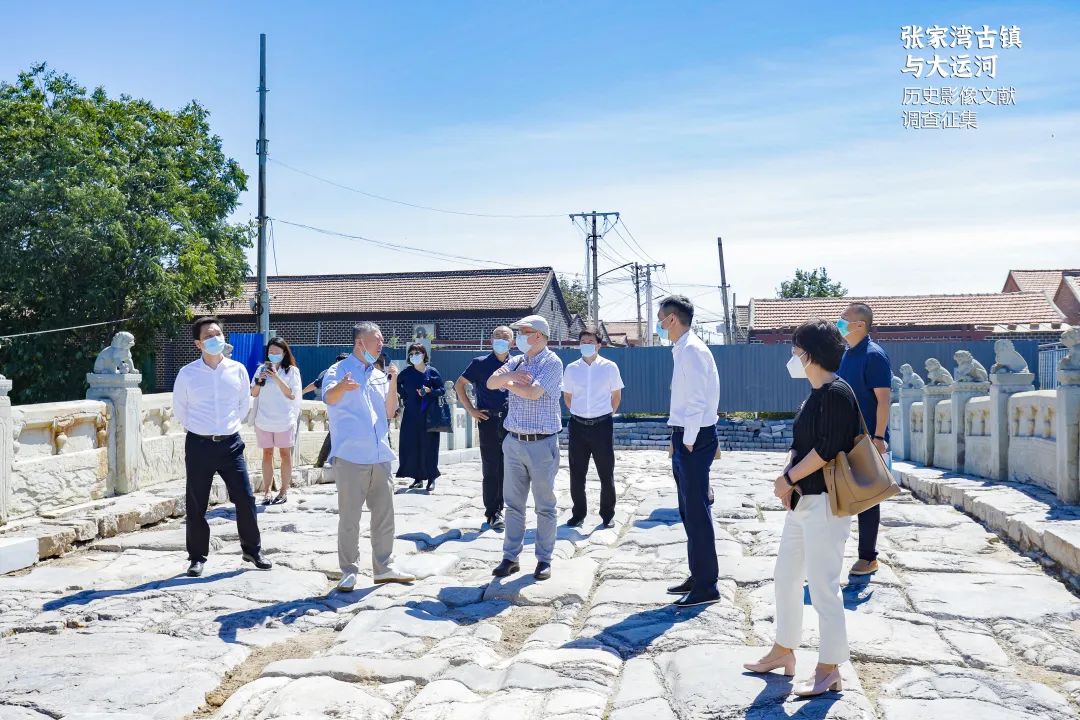
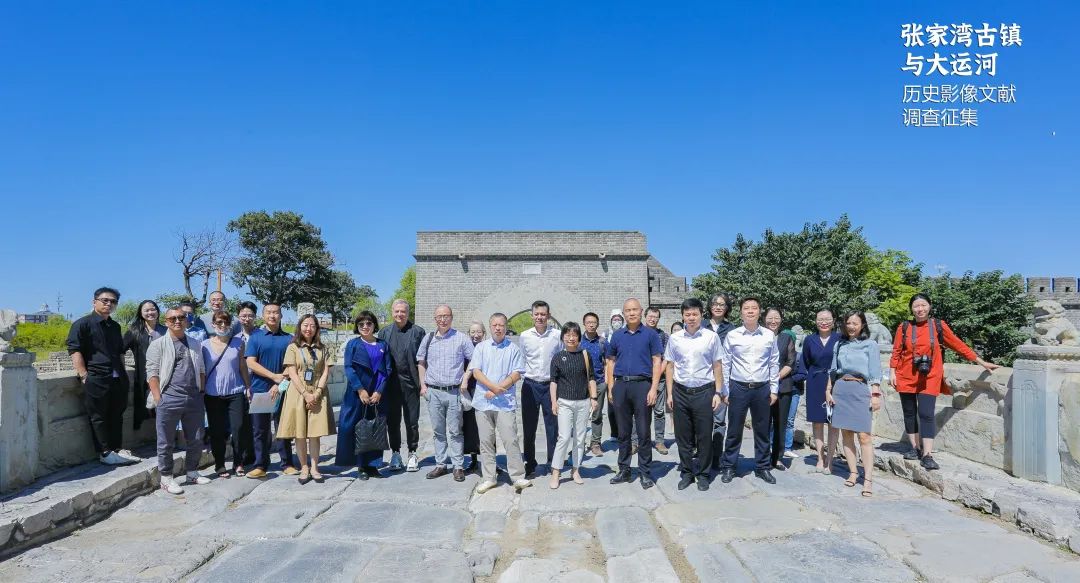
In the afternoon of the same day, "Jingwan Back to the Early Practice and Transport Culture and Academic Forum of China Photography" was held. The forum invited more than 10 experts and scholars at home and abroad to conduct in the early days of Chinese modern photography, the Grand Canal and Yunyun culture, and the red academic culture. Exchange discussion. The forum is expected to break the barriers of disciplines and academic circles through cross -disciplinary and multi -field cross -interaction, and place the Grand Canal and transportation culture, historical imaging and the historical research of the ancient town of Zhangjiawan into cross -cultural research and competition.
Jingwan Hua Tracers -the early practice of China Photography and the Culture and Academic Forum of the Yunyun Culture

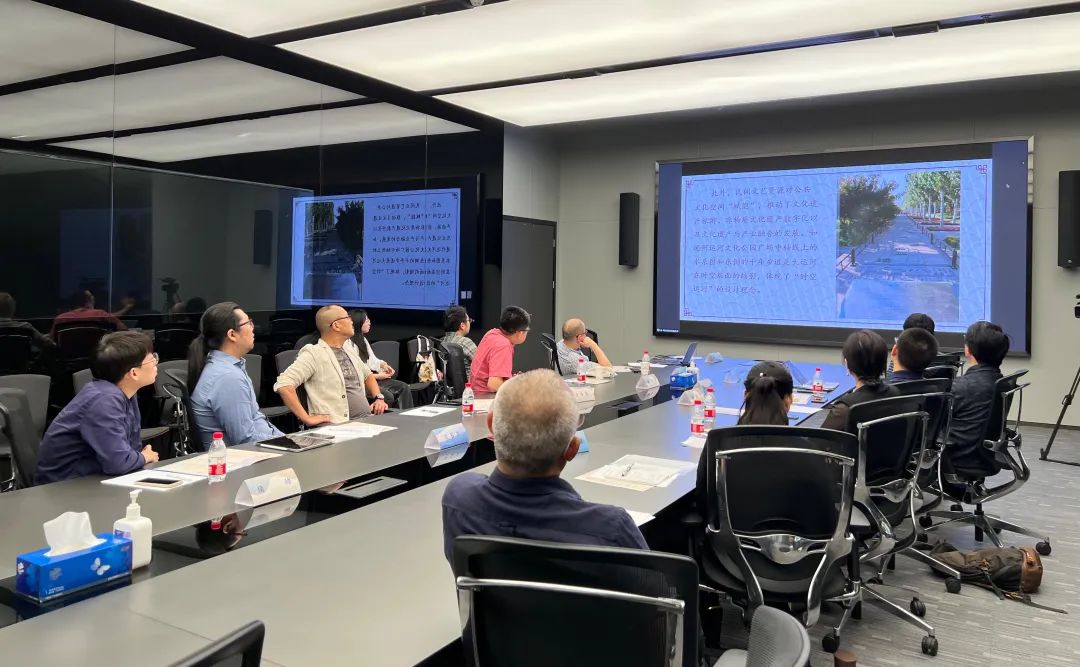
Introduction to Zhangjiawan Ancient Town

Zhangjiawan is a place for the ancient canal cluster. There are 4 canals come here, namely the Luohe River (the North Canal section of the Beijing -Hangzhou Grand Canal), the Liangshui River, the Empress Dowager River, and Tonghui River. Zhangjiawan is known as the first dock of the Beijing -Hangzhou Grand Canal. Not only is it because of the starting point of the canal, but also more importantly, it has become a transportation hub and material distribution center for the transfer of water on the waterway in Yunyun.
Zhangjiawan Town is the only "inland town" in Tongzhou District that does not borders from other provinces. It is located in the central part of Tongzhou District. The Grand Canal and Yunyun Ancient Town are the golden business cards of Zhangjiawan. The ancient town of Zhangjiawan is one of the three ancient cities in the urban deputy center. In history, it is an important water and land transfer terminal at the northern end of the Grand Canal. The ancient town of Zhangjiawan and the Grand Canal Road is an important part of the Grand Canal World Cultural Heritage Site.

"The forty journey of the East Bay of Lishui, there are countless purple clouds. Wang Sun Chi Malaysia passed by, and laughed at the red building listening to Yuzheng." In the past, the ancient town of Zhangjiawan was a giant town on the banks of the Jingdong Grand Canal. , Famous at home and abroad.
In the Yuan Dynasty, Wanhu, Zhang Yan, was transported at this time, and gradually had the name of Zhangjiawan. Zhangjiawan has a long history and profound cultural heritage due to transportation. The Canal Culture left a heavy mark on Zhangjiawan. The Liao Dynasty in the Liao Dynasty, the Empress Dowager Yunhehe, the Tonghui River Estuary Site of the Yuan Dynasty, and the ancient city walls, Tongyun Bridge, and mosque in Zhangjiawan City ... Essence After the Chinese Grand Canal was included in the World Cultural Heritage, the site of Zhangjiawan City and the Tongyun Bridge, as the typical river section and important heritage points on the Grand Canal, also upgraded from Beijing cultural relics protection units to the seventh batch of "national security". This is an important carrier of the canal culture. It is an important landscape of the Beijing -Hangzhou Grand Canal's application point and the ancient Canal River. It also provides precious physical materials for the study of the canal culture and red studies, and has a very high historical, scientific, and artistic value.

Zhangjiawan Ancient Town Development Project is located at 1101 blocks 1101 in the 11th group of Beijing City. It is the intersection of the Grand Canal History and Culture Belt and the Cultural Industry Belt of the International Cultural Tourism Zone in the Grand Canal. In the town, the city is green in the north and the Liangshui River in the south. It is an important area for the overall protection of the "One River and Three Cities" in the Beijing Grand Canal Section. It is the only Chinese traditional culture gathering area in the cultural tourism sector of Tongzhou District.
At present, the ancient town planning around Zhangjiawan City and the Tongyun Bridge is underway. The planning fully integrates the location advantages, cultural advantages, environmental advantages and development trends of the ancient town of Zhangjiawan, and proposes to create an ancient and modern memory intersection area, transportation culture display window , Cultural function fusion node, cultural tourism and leisure resort.

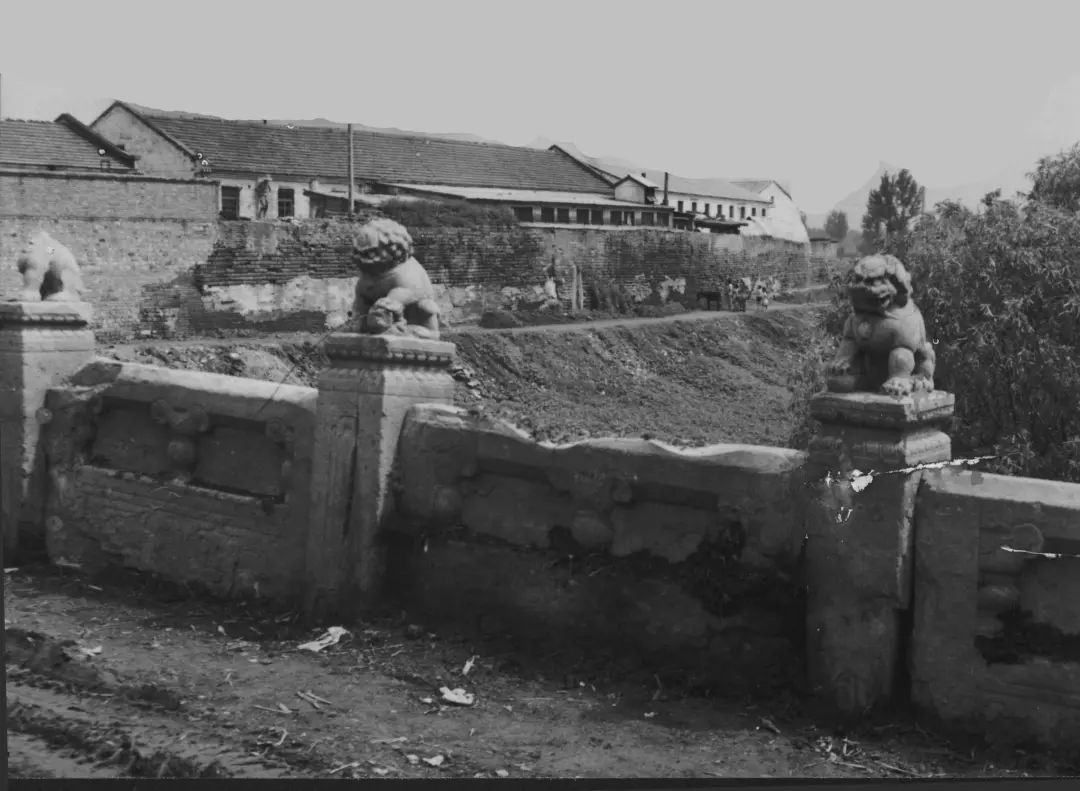
The ancient town of Zhangjiawan is the first station of Gyeonggi transportation, an important carrier of the red scientific masterpiece, the historic Junling Town, and the advanced model of the commune period, and it has important historical and cultural value. We will sort out the history of all dimensions, digging the historical and cultural value of the ancient town of Zhangjiawan, and reuse in combination with modern cultural tourism functions to show the diverse cultural atmosphere and architectural characteristics of the ancient town of Zhangjiawan.
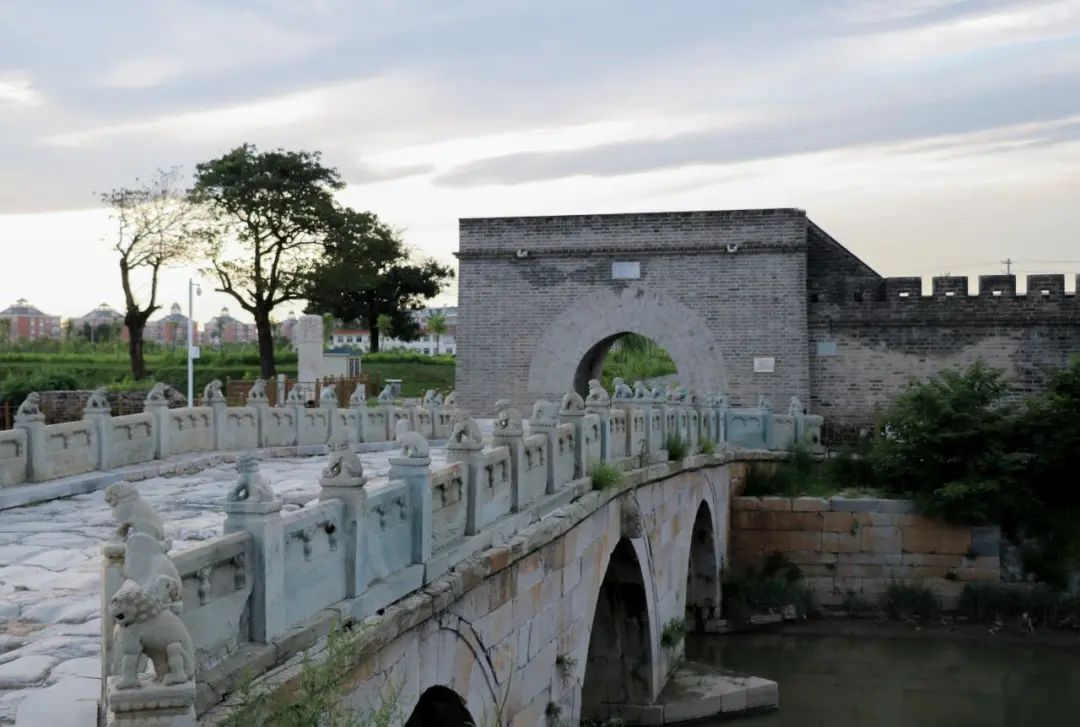
Propaganda Department/Wen Tu
Editor -in -law 丨 Wu Qiong
Edit 丨 He Yifan
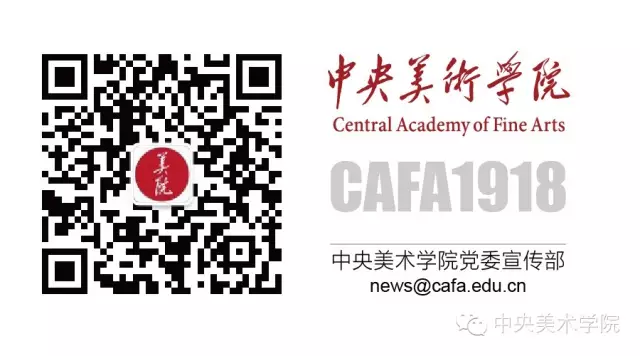
- END -
Baoding Wang Shuai guy Hu Pengsong, so good!

At the critical moment, he climbed up to the fourth floor with his bare hands, res...
This is the same!Big bear forated by the dog and fled by the dog
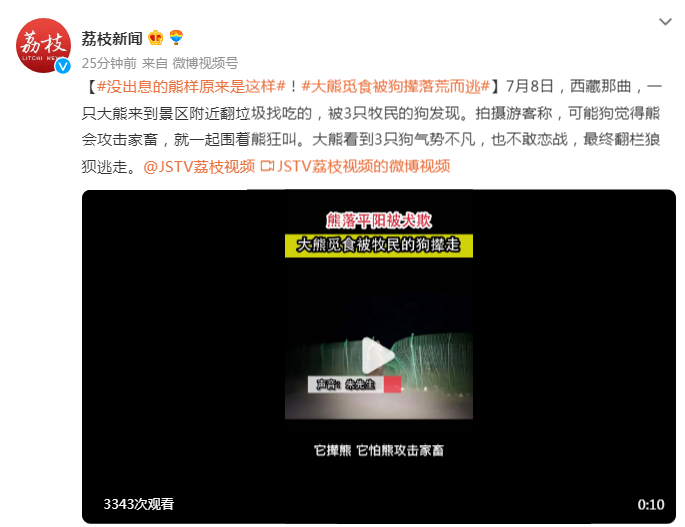
On July 8th, in Naqu, Tibet, a big bear came to the scene near the scenic area to ...